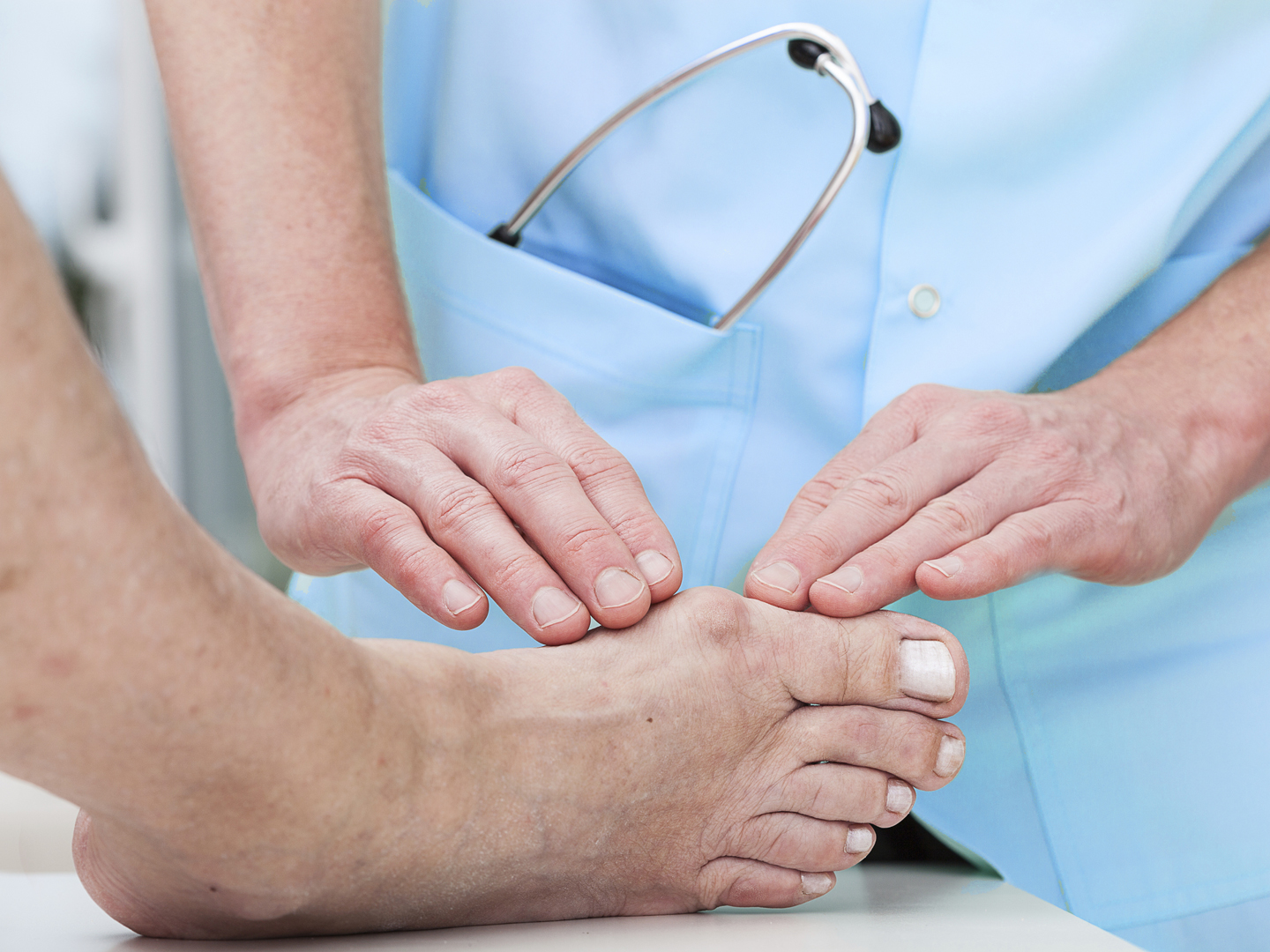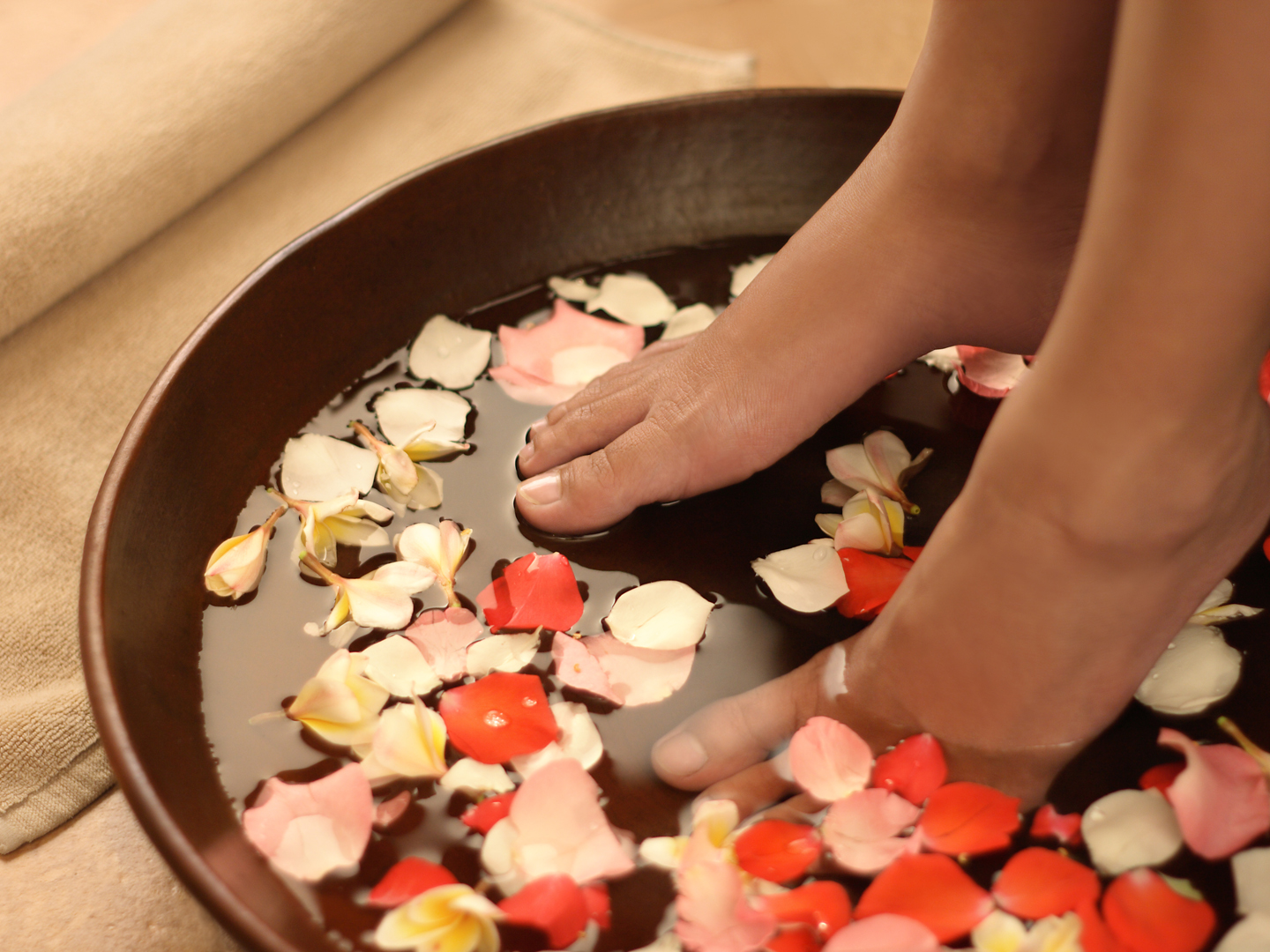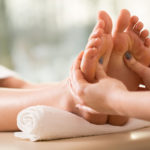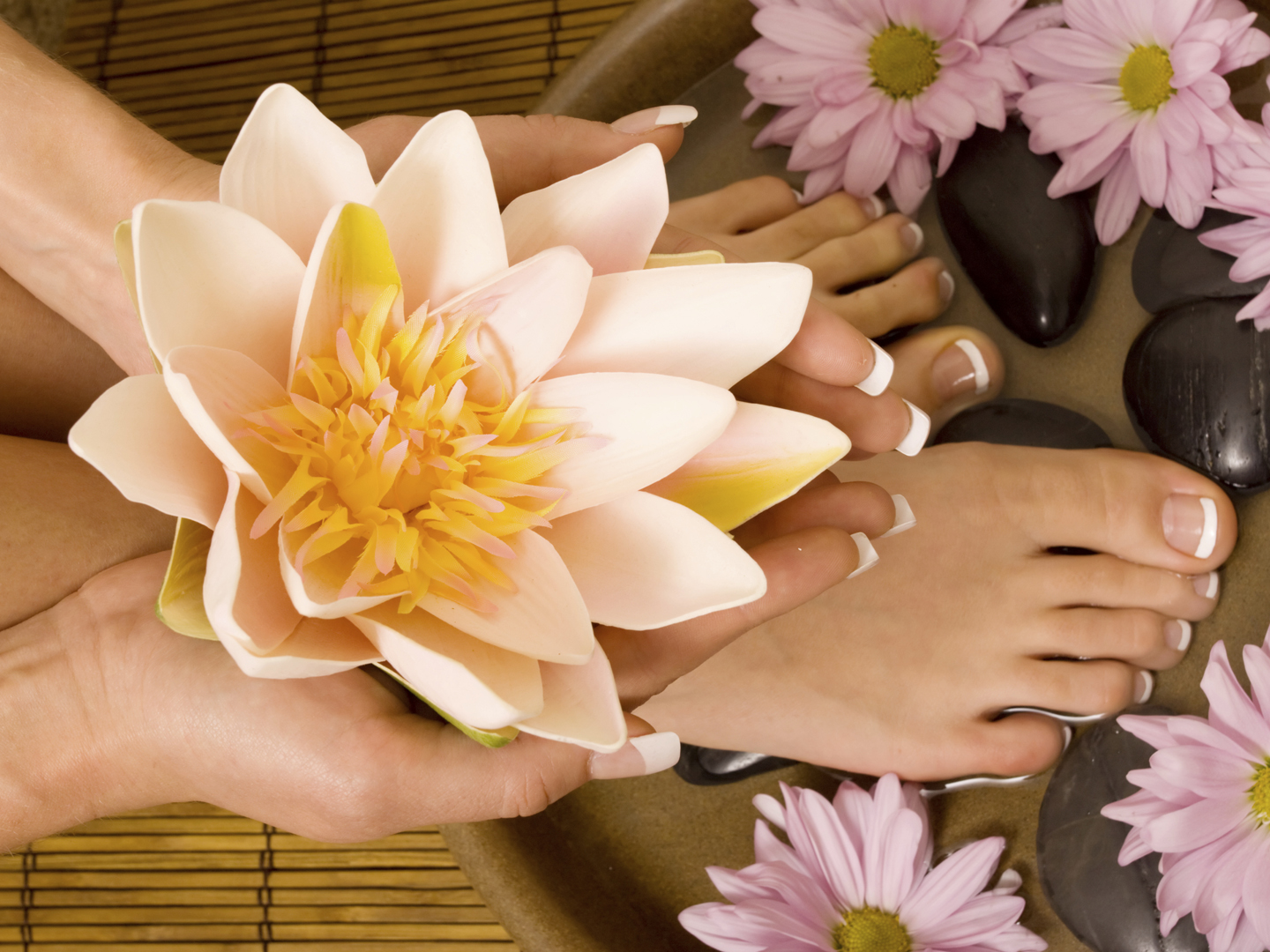Bunions

What are bunions?
Bunions are bony protrusions located at the base of the big toe that develop when the toe is slanted inward or overlaps the next toe. They can be very painful. Bunions form when the movement of the big toe influences the angle of the bones in the foot. The changes gradually develop into the characteristic bump, which over time becomes more and more noticeable.
What are the signs and symptoms of bunions?
In addition to the typical bump, signs of bunions can include red, calloused skin along the foot at the base of the big toe. With bunions, you may also develop calluses on the big toe, sores between the toes, ingrown toenail, and restricted motion of the toe. Some bunions are small and painless and some are large and extremely painful. Pressure from shoes worsens the problem.
What are the causes of bunions?
The main cause of bunions is excessive pressure being placed on the front of the foot, and is usually the result of wearing high-heeled shoes with pointed toes. A study by the American Orthopaedic Foot and Ankle Society found that 88 percent of women in the United States wear shoes that are too small and that 55 percent of them have bunions. Overall, bunions are nine times more common in women than men. In some cases, bunions are hereditary; they also may be caused by arthritis or polio.
What is the conventional treatment of bunions?
Making sure that shoes don’t press against the bunion worsening the pain is the first line of treatment. Protecting the bunion with felt or foam pads or devices to separate the first and second toes at night may be recommended as may cutting a hole in a pair of old, comfortable shoes to take the pressure off the bony protrusion. Nonsteroidal anti-inflammatory drugs may be recommended to help relieve toe pain. In rare cases, physicians may administer injections of corticosteroids to treat the inflamed bursa (fluid-filled sac located in a joint) sometimes seen with bunions. Custom orthotic devices are another option that may be beneficial in some cases.
If bunions are causing severe foot pain or inflammation and swelling that limits daily activities and doesn’t improve with rest, medication and comfortable shoes, surgery may be required. More than 100 surgical options are available for painful bunions. Some realign the foot’s anatomy by cutting notches from the metatarsal bone or the bone of the big toe. The bones can then grow back without the slant that promotes bunion growth. The operation is usually done on an outpatient basis, but afterward, you probably will have to stay off your feet for a few weeks. Recovery takes about six weeks. Surgery is not recommended for a bunion that doesn’t cause pain.
What therapies does Dr. Weil recommend for the treatment of bunions?
- Wear comfortable shoes that don’t squeeze your toes together. Sandals are ideal in warm weather.
- Cushioning the bunion with a donut-shaped bunion pad sold at drugstores can prevent any direct rubbing against your shoes.
- Have your shoes stretched to give your foot more room or consider switching to footwear customized to relieve pressure on the affected area.
- Soak your foot in warm water to help lessen the pain after a day on your feet.
- Apply ice packs several times a day to reduce swelling of painful and inflamed bunions.
- Take aspirin or ibuprofen for the inflammation and pain, and try supplementing with anti-inflammatory herbs such as ginger and turmeric (these work more slowly than the drugs).
- See a podiatrist for specially fitted shoes or orthotic devices that may help.
- Sometimes, surgery is necessary. Seek a second opinion before scheduling any operation.









